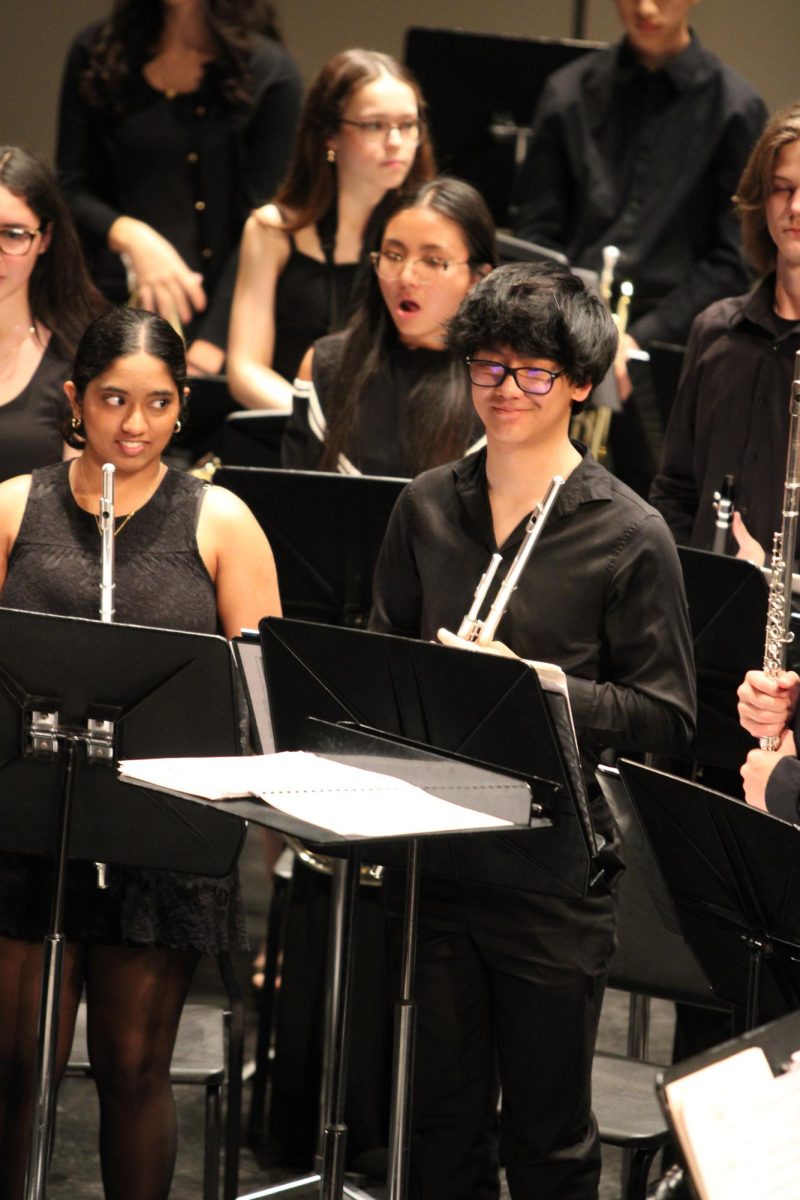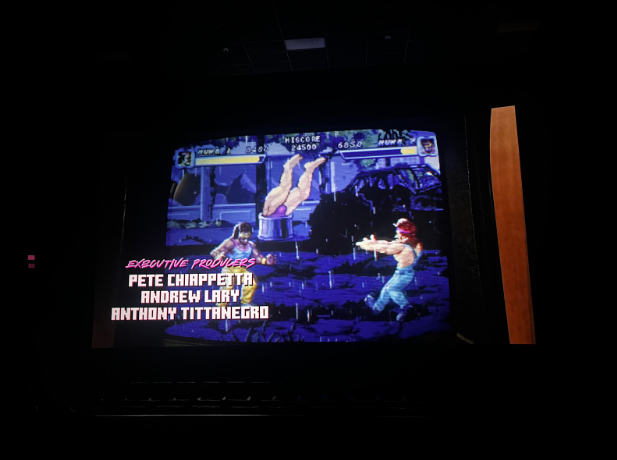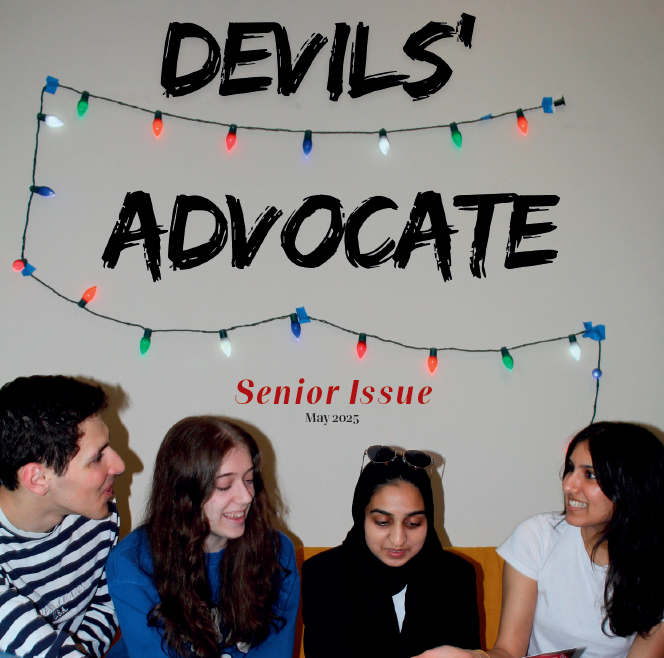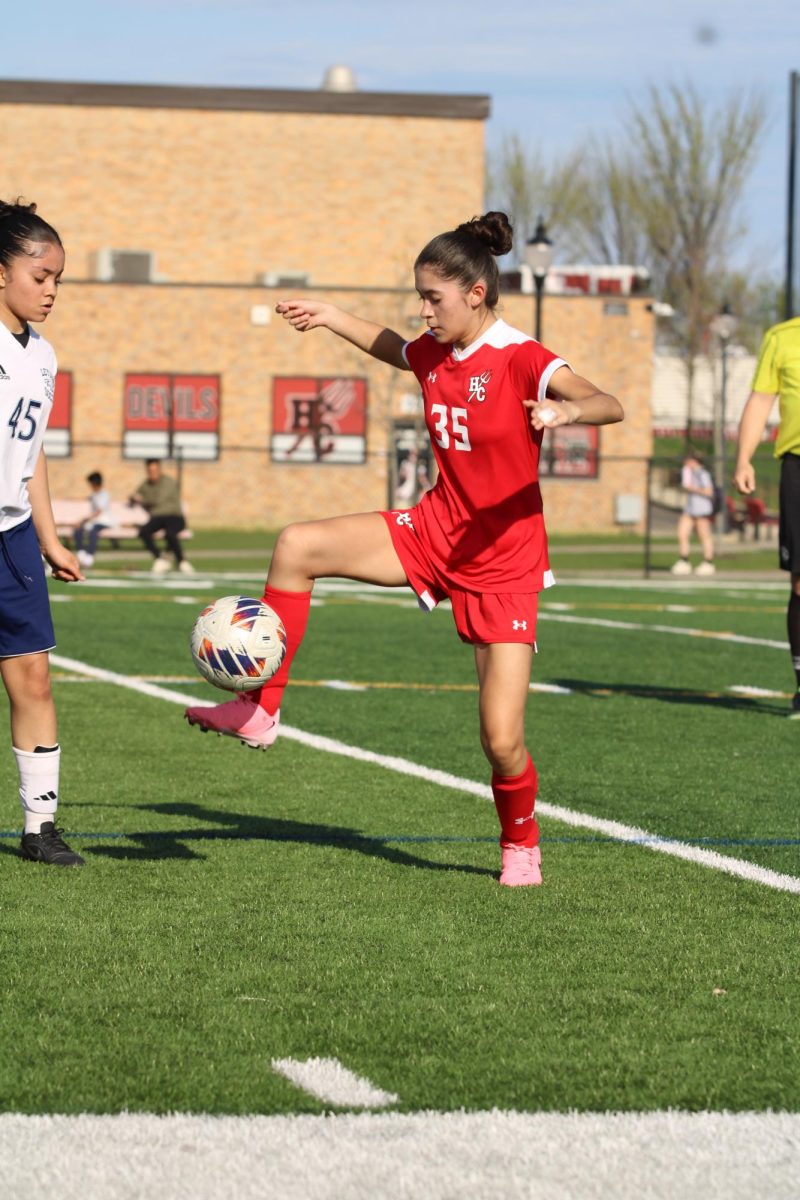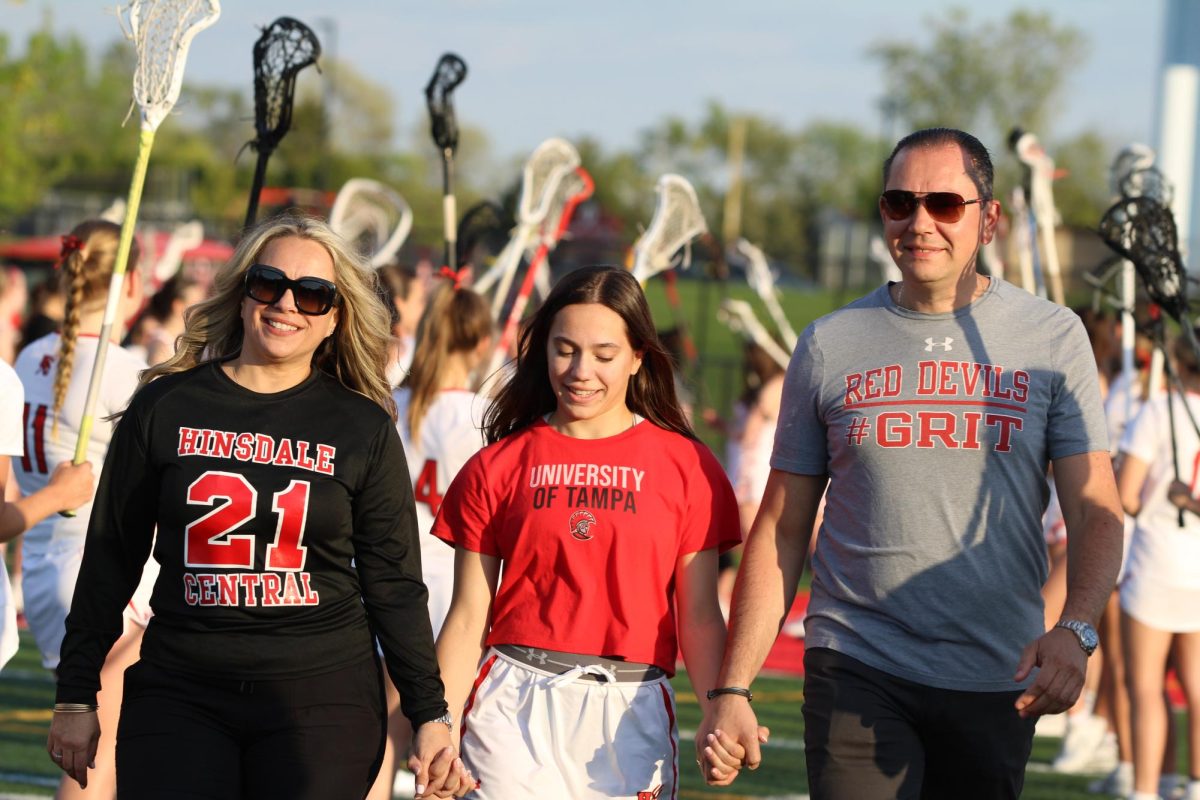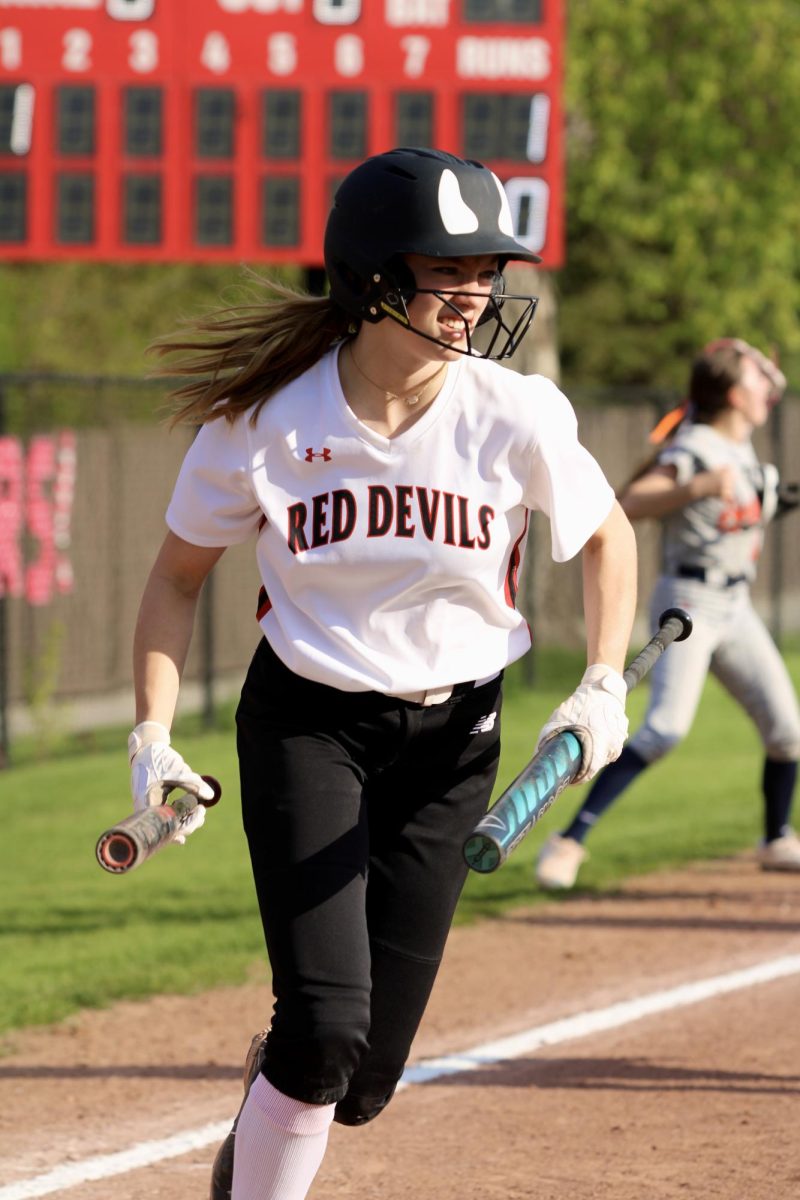Last weekend, Central presented “The Laramie Project: Ten Years Later.” The play followed the city of Laramie, Wyoming 10 years after the death of Matthew Shepard. Shepard’s death was tried as a hate crime at the time due to his homosexuality, but later there arose a controversy over this ruling of a hate crime.
This play was different than most plays at Central in that its cast of 10 played over 60 parts and was directed my Ms. Sonia Gecker of the English Department.
“It’s a really big challenge just to learn and truly understand one role. You really have to connect the role to your sole and get into the head of that person. I think all the actors did an amazing job understanding each unique character,” said Emily Sekura, a class of 2011 graduate, who was involved with many drama productions in her time at Central.
Playing multiple parts also posed some more logistical challenges in that cast members had to get into character on stage.
“What was interesting was that during the whole first act and part of the second we were on sitting on stage and putting coats or other costumes on stage. It was a very different show that way,” said Jordan Goldstein, senior and cast member.
Another distinctive aspect to the play was that it was written with words from interviews with Laramie’s residents and those connected to Shepard’s death.
“It was more realistic in that it was straight from a true story,” said Ann Chapman, senior.
Additionally, the onstage seating and post-show discussion with cast members, GSA members, and Breaking Down the Wall members provided a one of a kind chance for audience interaction.
“The setup of the play was different. I’d never been to a play where the chairs and the audience were circled around the actual play,” Chapman said.
“I felt you were more involved since you were next to the actors. And you felt they were more emotionally connected to you,” said Charlie Crane, junior.
One final aspect of the play that was unique was its “real world” message.
“It’s an important play for a high school to do, because it challenges the audience. For a high school audience, it is taking a challenging topic that could make people uncomfortable, which is unusual,” said Liz Hagermoser, parent.
“We just wanted people to be aware that this can happen anywhere. Like what one of my characters said in the show ‘I don’t think we are all that different. I think this could have happened in dozens or even hundreds of communities and ten years later we would be sharing the same story,’” Goldstein said.




